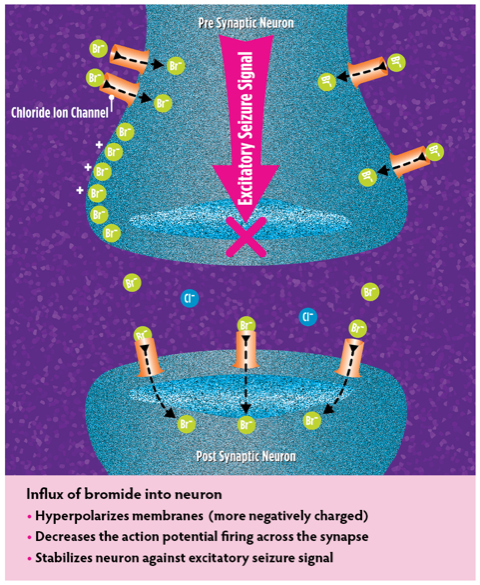Quality of Life Considerations
Idiopathic epilepsy is recognized as a potentially life-threatening condition in that the owner’s impression of the impact on the household, including emotional stress, psychological challenges, and economic burden, may determine their decision to select medication or euthanize1. The burden of this chronic disease can become like a looming cloud. It is important to help them understand the impact on their daily lives in order to identify realistic expectations of “success”.
A diagnosis of idiopathic epilepsy is understandably emotional for the owner. Although an owner’s perception of quality of life (QOL) was shown to significantly decrease following the onset of seizures,12 with proper therapeutic options this can be managed. Understanding the key factors that play a part in owner perception of QOL issues for their dog may help in setting realistic expectations and help guide your conversation.
- Seizure frequency – Dogs with lower average monthly seizure frequency*
- Seizure type – Dogs experiencing isolated seizures, as opposed to clusters
- Side effects – Dogs that did not experience side effects from medication
- Need to medicate during episodes – Dogs that did not require medication during an episode
QOL WAS NOT associated with either the number of antiepileptic medications or the average monthly cost of the medication.
A Closer Look at Potassium Bromide
Potassium bromide is a well-known choice for long-term control of seizures associated with idiopathic epilepsy in dogs.4 The mean elimination half-life of potassium bromide is 21 days.5
Potassium bromide does not induce or increase hepatic enzymes, making it suitable for use in dogs with compromised liver function. Bromide is thought to exert its antiepileptic activity by passing through the neuronal chloride ion channels, thereby hyperpolarizing neuronal membranes, raising the seizure threshold, and stabilizing neurons against excitatory input from epileptic foci. 2

2. Nettifee JA, Munana KR, Griffith EH. Evaluation of the impacts of epilepsy in dogs on their caregivers. J Am Anim Hosp Assoc. 2017;53(3):143-149.
3. Wessmann A, Volk HA, Packer MA, et al. Quality-of-life aspects in idiopathic epilepsy in dogs. Vet Rec. 2016;179(9):229.
4. Baird-Heinz HE, Van Schoick ANL, Pelsor FR, et al. A systematic review of the safety of potassium bromide in dogs. JAVMA. 2012;240(6):705-15.
5. Boothe, D, Dewey C, Carpenter D. Comparison of phenobarbital with bromide as a first-choice antiepileptic drug for treatment of epilepsy in dogs. JAVMA. 2012; Vol 240, No 9. 1073-1083.
